I have been unable to find an answer, possibly due to me being unable to put specific enough nomenclature on the involved processes.
I use Vitis HLS to synthesize designs where one call of the main function is one clock cycle long, being pipelined of course. This works fine for almost all of our cases. Where this is not possible (i.e. for components where we need to guarantee certain latencies / pipelining depths) I use verilog.
The goal is to transfer data via DMA to a Zynq-7000's memory and THEN issue an interrupt to let the PS know that the DMA transfer is finished.
Suppose I have a Vitis HLS project, where the PS can initiate a DMA transfer of uint32s using (a rising edge on a signal in) an s_axilite interface to my component, like in the code below:
#include <cstdint>
void Example
(
uint32_t *dmaRegion,
bool &intrSig,
volatile bool writeNow
)
{
#pragma HLS PIPELINE II=1
#pragma HLS INLINE RECURSIVE
#pragma HLS INTERFACE s_axilite port=return bundle=registers
#pragma HLS INTERFACE ap_ctrl_none port=return
#pragma HLS INTERFACE m_axi port=dmaRegion offset=slave bundle=x
#pragma HLS INTERFACE s_axilite port=dmaRegion bundle=registers
#pragma HLS INTERFACE ap_none port=dmaRegion
#pragma HLS INTERFACE s_axilite port=writeNow bundle=registers
#pragma HLS INTERFACE ap_none port=writeNow
#pragma HLS INTERFACE ap_none port=intrSig
static bool lastWriteNow { false };
static uint32_t Ctr { 0 };
bool intr = false;
if (!lastWriteNow && writeNow)
{
Ctr++;
dmaRegion[10] = Ctr;
intr = true;
}
intrSig = intr;
lastWriteNow = writeNow;
}
Now, this seems to work fine and cause a 1-clock-cycle-pulse interrupt as long as WREADY is driven high by the Zynq (and through a SmartConnect to my component) and I have found some examples where this is done this way. Also, the PS grabs the correct data from the DDR memory (L2 Data Cache has been disabled for this memory region) directly after the interrupt.
However, what will happen if for example more AXI masters are trying to drive the Smart Connect and cause congestion, effectively causing WREADY to go low for this component? In my tests, where I drove the WREADY signal of the AXI Smart Connect Master Interface to a constant zero to simulate (permanent) congestion, the interrupt signal (and WVALID) was driven to a permanent high, which would mean.... what? That the HLS design blocked inside the if clause? I do not quite get it as it seems to me that this would contradict the II=1 constraint (which is reported by Vitis HLS as being satisfied).
In a way it makes sense of course, since WVALID must go high when data is available and it must stay high until WREADY is high as well. But why the interrupt line goes (and stays) high no matter what even though the transaction is not yet finished evades me.
Is this at all possible with any guarantees about the m_axi interface, or will I have to find other solutions?
Any hint and information (especially background information about that behaviour) is very much appreciated.
Edit:
but this causes the interrupt to stay high forever:

Of course, the transaction cannot finish. But it seems I have no way of unblocking the design so long as the AXI bus is congested.






